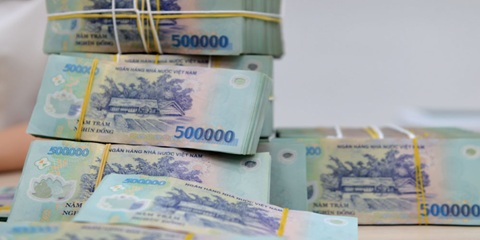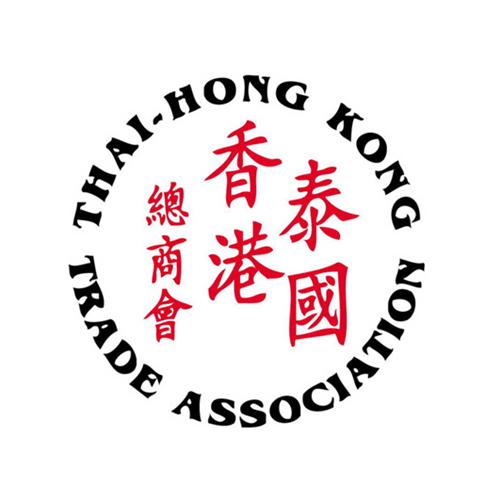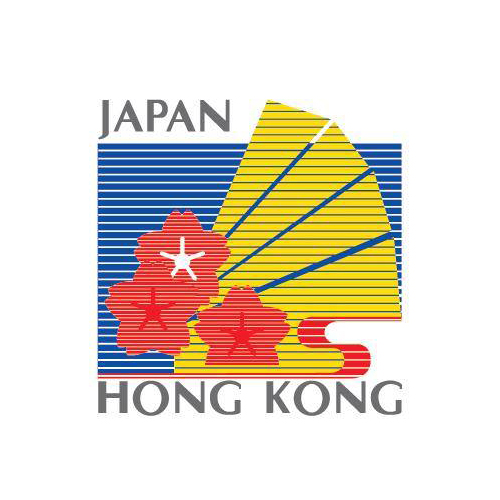Want to be in the loop?
subscribe to
our notification
Business News
SEAPORTS LAG BEHIND REGIONAL PEERS
Despite growing demands, Vietnam’s seaport development masterplan has been deemed inappropriate by experts, leaving much to be desired in the race to attain capital.
Vietnam Maritime Corporation (VIMC) and the world’s leading container shipping company MSC are currently researching development of an international transhipment port in Can Gio in the south. The port would have capacity of 15 million TEU and could receive ships of up to 250,000DWT.
However, VIMC and a group of investors must mobilise about $10 billion to implement the project and the pressure to call for this is great, as this project has not been added to Vietnam’s seaport masterplan.
The lack of deepwater ports in the country has been a hindrance to timber exporters, among others. The price of imported wood materials in March increased sharply, driven by oil price rises and the Russia-Ukraine conflict, deepening the shortage of raw wood in Vietnam.
“We are importing at a very low level and accepting a reduction in revenues of up to 50 per cent,” said Tran Thien, director of Thanh Hoa Co., Ltd., one of the largest suppliers of wood materials in Vietnam.
Vietnamese raw wood suppliers can import logs for sawing if they use China’s seaport infrastructure to balance raw wood supplies for domestic production. Its dense seaport system has helped China maintain raw wood supplies and compete on the world market.
“However, Vietnam cannot learn any lessons from its neighbour as its infrastructure remains limited,” said Thien.
The cost of storing timber in the south has exceeded the tolerance of local producers. Large ships carrying more than 30,000cu.m of timber must be brought to ports in the central region, such as Quy Nhon or Quang Ngai, and then transported by other means to the sout. In the meantime, warehouse prices at Quy Nhon’s port have also increased more than 10 times compared to last year.
Assoc. Dr. Tran Dinh Thien, former director of the Vietnam Institute of Economics, commented that Vietnam is lacking large, international seaports that are qualified to receive medium-sized ships.
“The volume of goods passing through in central and southern regions breached capacity, leading to transhipments and longer export procedures,” Thien said. “The central coastal region has built many seaports that are not competitive enough in the context of integration. In terms of development conditions and capabilities, the central coast is weaker than other economic regions due to the lack of underdeveloped industrial and economic infrastructure.”
Statistics from the Ministry of Transport (MoT) from last September show that, in the past five years, the volume of goods being unloaded through ports in the central region has been increasing, but the rapid increase mainly belongs to Vung Ang Port in Ha Tinh province and Nghi Son Port in Thanh Hoa province.
Dr. Beom-Hung Kim from the Korea Maritime Institute warned several years ago that the serious lack of deepwater ports for large container ships is a fundamental limitation of Vietnam’s seaport system.
“The masterplan on the seaport system 2020-2030 has excluded Vietnam from the international playing field as there is a lack of deepwater ports capable of receiving large tonnage ships,” he said.
While it is unlikely that any government can afford to invest in all infrastructure at the same time – leaving them with raising private and foreign capital – Kim recommended that Vietnam should issue specific legal provisions for the construction of ports and their modernisation.
“The government should accumulate statistics on port usage and develop an information system on port operations. Port constructions require reliability through expert forecasts. Thus, seaports should be built as a logical economic centre with a network of transport links.”
According to the masterplan for Vietnam’s seaports, the country needs about $13.6 billion to develop. The targeted cargo volume would then reach up to 47 million TEU while also providing transport for up to 10.3 million visitors.
Vietnam wants to put more emphasis on its marine economy to ensure the sustainability of the overall national economy. But with the existing seaport system, Vietnam is lagging behind some countries.
According to the MoT, in the last five years, Vietnam established 32 shipping routes, of which 25 are international routes and seven domestic ones. The north of Vietnam currently operates two routes to North America, while the south formed 16 routes to North America and Europe.
During this period, the volume of goods through the seaports increased 61.8 per cent, an average annual increase of about 10 per cent. In 2021, the total volume of goods passing through Vietnam’s seaports reached roughly 700 million tonnes, up 2 per cent compared to 2020.
News and procurement site Ship Technology quoted information from the Maritime and Port Authority of Singapore, showcasing that container capacity through Singapore has increased to a record 37.5 million TEU in 2021. About 80 per cent of these are transshipped to other ports. Meanwhile, Singapore also handles around 600 million tonnes of goods, higher than in 2020.
However, Singapore’s achievements do not come by accident but are the result of a combination of public policy with many development incentives.
Source: VIR
Related News

GOLDEN DEAL, KNOCK-DOWN OFFER
Are you ready for a fun-filled family vacation. Don't miss the super attractive Family Staycation package at Becamex Hotel. 2 days 1 night package with full amenities and free activities: Buffet breakfast, Swimming, tennis, bicycle, gym, sauna, cool ice cream, 300.000 VND service voucher and many other offers! Contact now for detailed advice.

"BEARY CHRISTMAS" CHARITY PROGRAM
As the Festive Season approaches, Caravelle Saigon, in collaboration with VinaCapital Foundation (VCF), is bringing a heartwarming charitable initiative to life — and we are delighted to invite all HKBAV members to take part in the very first “Beary Christmas” Charity Program. By adopting a Caravelle Bear for VND 299,000 nett, you will be directly supporting children battling cancer in Vietnam through VCF’s Can-Care/Can-Clover Program.

SOILBUILD INTERNATIONAL WINS “BEST INDUSTRIAL DEVELOPMENT” AWARD FOR SPECTRUM NGHE AN AT THE PROPERTYGURU VIETNAM PROPERTY AWARDS 2025
Soilbuild International is pleased to announce that its project, Spectrum Nghe An, has been awarded Best Industrial Development at the PropertyGuru Vietnam Property Awards 2025, held on 24th of October 2025, in Ho Chi Minh City. The PropertyGuru Vietnam Property Awards is part of the prestigious PropertyGuru Asia Property Awards series, the largest and most respected real estate awards programme in Asia.

WEBINAR: 2025 VIETNAM KEY TAX FINALISATION, UPDATES ON TAX CHANGES AND GLOBAL MINIMUM TAX
Dear Valued Client,We would like to invite you to our webinars on Friday, 12 December 2025, and Tuesday, 16 December 2025, to review and learn about key 2025 tax finalisation topics and stay ahead with the latest tax changes.

NEW ECONOMIC POLICIES EFFECTIVE THIS DECEMBER
Government Decree 304/2025, effective December 1, sets stricter conditions for seizing collateral, especially assets that are a borrower’s sole residence or essential work tools. In such cases, lenders must set aside a compensation amount equivalent to six to twelve months of minimum wage. The measure aims to improve transparency in bad debt handling and reduce credit risk in the banking system.

QUANG NINH TARGETS VND58 TRILLION IN TOURISM REVENUE
Quang Ninh Province is aiming to generate VND58 trillion in tourism revenue this year after surpassing its goal of 21 million visitors, driven by new tourism products, expanded nighttime activities, and large-scale events. As of mid-November 2025, Quang Ninh had welcomed 21.28 million visitors, up 12% year-on-year. Tourism revenue reached at least VND57 trillion, a 22.46% increase from the same period last year. With its visitor target achieved, the province is now pushing toward its revenue goal of VND58 trillion.
























